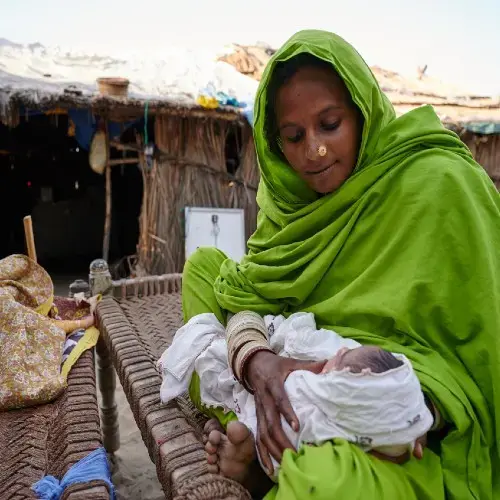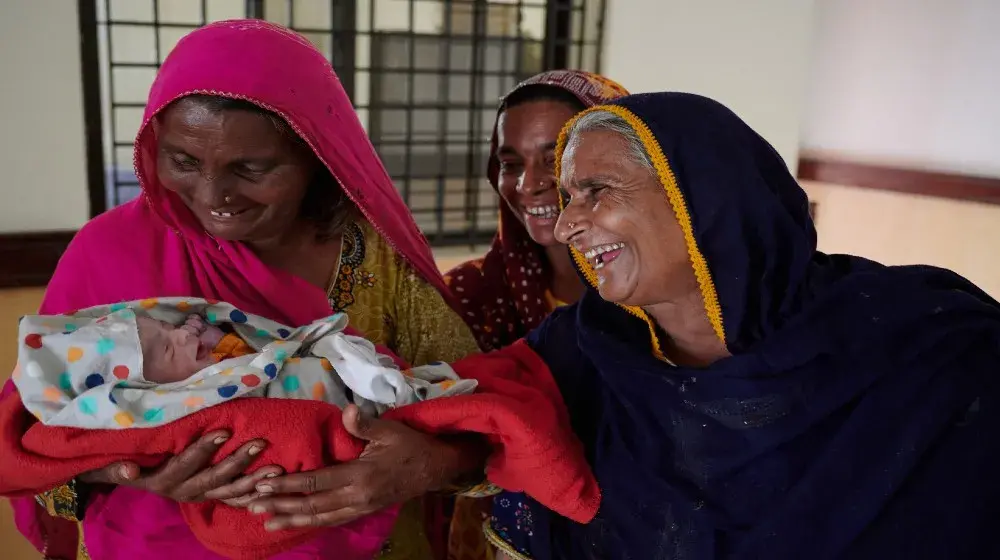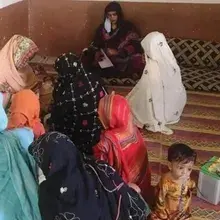The flood-affected areas of Pakistan, especially Sindh and Balochistan, continue to experience a catastrophic humanitarian situation, with many people displaced following the monsoon thunderstorms and heavy rains that caused insurmountable deaths, displacements, and destruction of property. The emergency situation has caused over 1,500 deaths, 12,800 injuries, and severe repercussions for people's livelihoods1.
Almost 664,000 people have reportedly been displaced and are living in relief camps, while many more are living with host communities. Women and girls continue to bear the brunt of the impact of the floods. Of the 6.4 million people in need of humanitarian assistance, more than 1.6 million are women of reproductive age, with an estimated 127,642 currently pregnant women (based on the MISP calculator).
The destruction to health facility infrastructure is extensive across the affected provinces- a total of 1,946 health facilities have been affected, with 1,543 partially damaged and 403 fully damaged2. This includes damage to buildings but also water supplies, electricity, equipment, medicines, and medical supplies. The damage to health facilities is disrupting the availability of and access to essential health services, putting the lives of women and girls, particularly pregnant women, at significant risk. Without urgent support and access to lifesaving medical and health services, particularly reproductive health services, the lives of affected women are in great jeopardy. Cases of malaria, dengue, diarrhea, and cholera are being reported in flood-affected areas and are projected to increase due to stagnant flood waters across the affected provinces, adding stress to an already strained health system and compounding the health impacts on the affected population.





